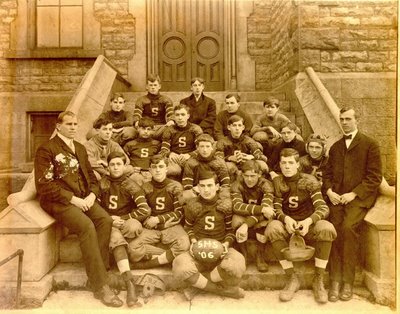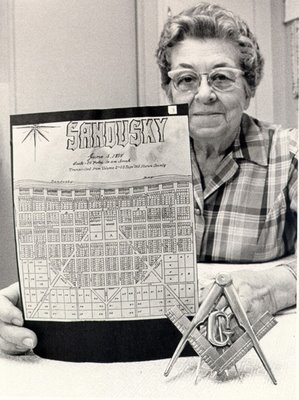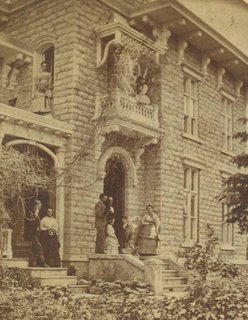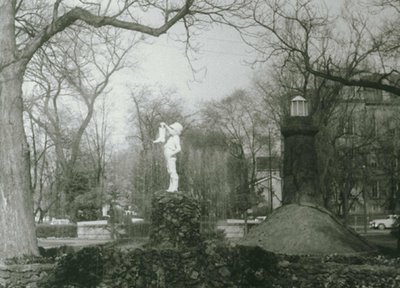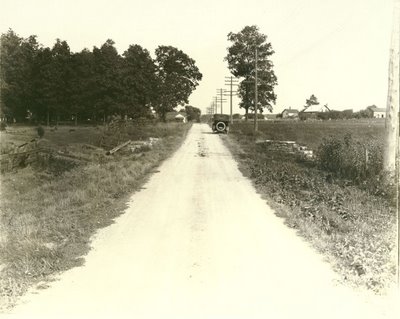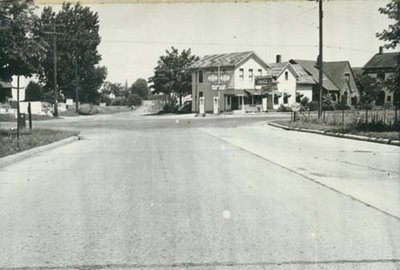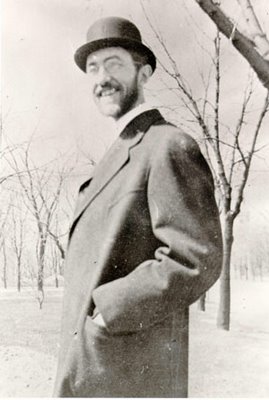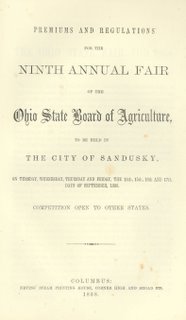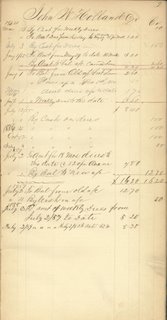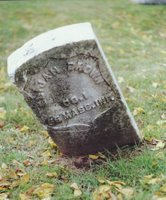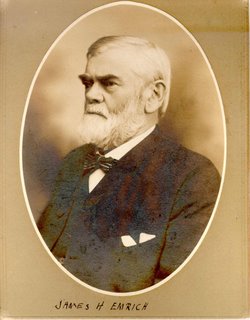Sandusky, like much of the United States, did very little to celebrate Christmas and the winter holidays in the early part of the 19th century.
Ohio became a state in 1803, and the City of Sandusky was platted in 1818. In 1818, and for many of the following years, Sandusky was still on the edge of the wilderness, gradually becoming an established city. Sandusky grew along with the nation, and as the nation grew, it established holiday traditions.
These traditions have certainly evolved over time. An 1818 resident of Sandusky wouldn’t recognize our holidays of today, and vice versa. Christmas in the early 19th century was usually just another day, perhaps marked by a visit to church, or reading a few passages from the bible. No holiday decorations were put out, or special meals prepared. However, as the 19th century progressed, so too did the celebration of Christmas.
A study of the Sandusky Register and ads and announcements related to the Christmas holidays (or the lack thereof) offer insight in to how Sanduskians marked the day. In 1822, 1824 and 1825, the papers on Christmas Eve Day and Christmas Day are like the papers preceding and following—no mention of Christmas whatsoever. No newspapers from the 1830s are extant, however no mention of Christmas appears in the 1840s until Christmas Day 1849, when an announcement in the Sandusky Clarion stated “We wish you all a Merry Christmas.” This is also the first time that advertisements for holiday gifts appear in the newspaper: suggested by the advertisers are feathers (from a milliner), books and toys. These ads are small and one must read through the entire paper to find them.
In 1851, a lengthy ad mentioned a variety of book titles that would make suitable gifts Another long ad proclaimed “We beg leave to call the attention of the Ladies of Sandusky City and vicinity to our stock of Fancy goods just received from New York.”
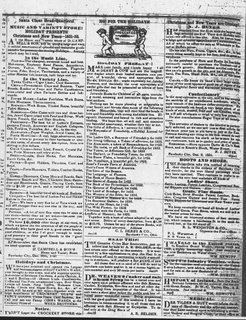
Also in 1851, we find a mention of Santa Claus—“Santa Claus Head-Quarters! At the Music and Variety Store!” A few years later, in 1853, the paper published a short story entitled “TOPPS FASHION’S Christmas Eve Adventures,” which was written expressly for the Sandusky Register. An ad later in that paper suggested several different items for Christmas including silver plate tea sets, coffee urns, cake baskets, sugar and butter dishes, fish knives and forks, candlesticks and more. Paper mache items such as work boxes, backgammon boards, glove boxes and ink trays were for sale, along with rosewood cases, Parian marble statues and figurines, terra cotta ware, porte monnaies in silver, gilt, pearl, velvet silk and more. A wide variety of games were advertised, many of them unknown to us, including Uncle Tom, Peter Abroad, Sham Fights, bell and Hammer, What do you Buy, Fox and geese, lots, domino’s mansion of happiness, reward of virtue, doct. Busby, Tivoli boards, puzzles, magic lanterns, flags of all nations, dissecting maps, ninepins, backgammon boards and more. In addition, ads mentioned tea trays and cutlery.
An 1852 ad from William Burnet announces the latest selection of French and German toys. While most of these are familiar to us today, it’s unlikely to find many of these items on a 21st century child’s Christmas list.
Magic Lanterns
Cosmoramas
Building blocks
Menageries
Butcher shops,
Bureaus
Stables
Houses
Kitchens
Noah’s Arks
Horse and Drays
Carts
Carriages
Wagons
Soldiers
Horsemen
Guns
Swords
Whips
Musicians
Bows and Arrows
Elephants
Camels
Rhinoceros
Monkeys
Horses
Dogs
Cats
Rabbits
Geese
Sheep
Squirrels
Children
Cradles
By 1908, holiday editions of the Sandusky Register of packed full of advertisements meant to catch shoppers’ attention. J. Mertz’s eye catching ad, surrounded by holly and topped off with St. Nick proclaims “This store is asparkle with hints for Xmas Gifts. Our goods are selected with a forethought to your needs, arranged with consummate skill for easy choosing, priced with rare business judgment for quick selling. A few dollars will buy more solid comfort and real enjoyment now than was ever known since the first coming of “Kris Kringle” Other ads shout out “Only 20 shopping days left between now and Xmas” just as they do in modern times!

 Some scenes from past Christmases in Sandusky. . . . The children above are opening their presents in 1938.
Some scenes from past Christmases in Sandusky. . . . The children above are opening their presents in 1938.




 this blog
this blog












 The
The 
